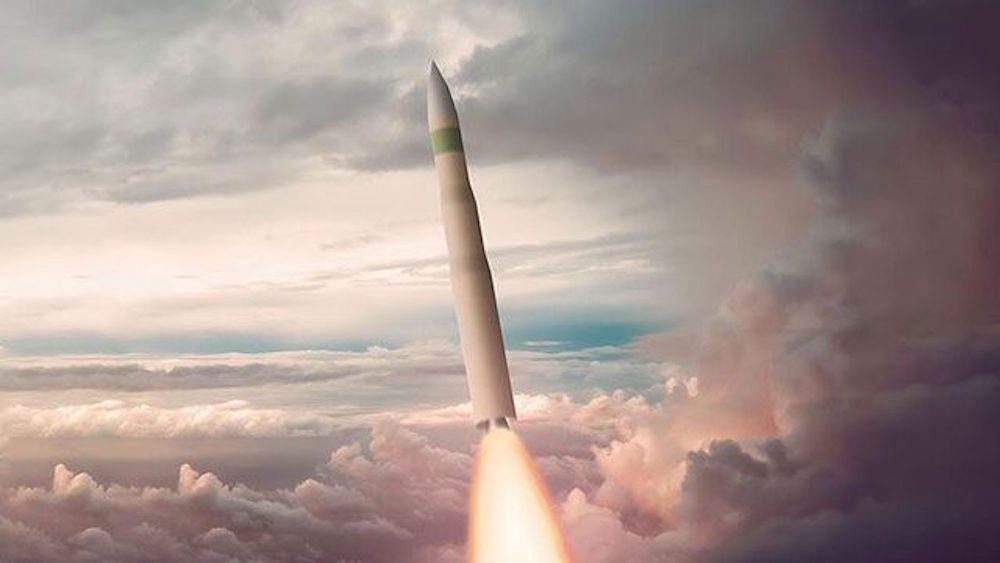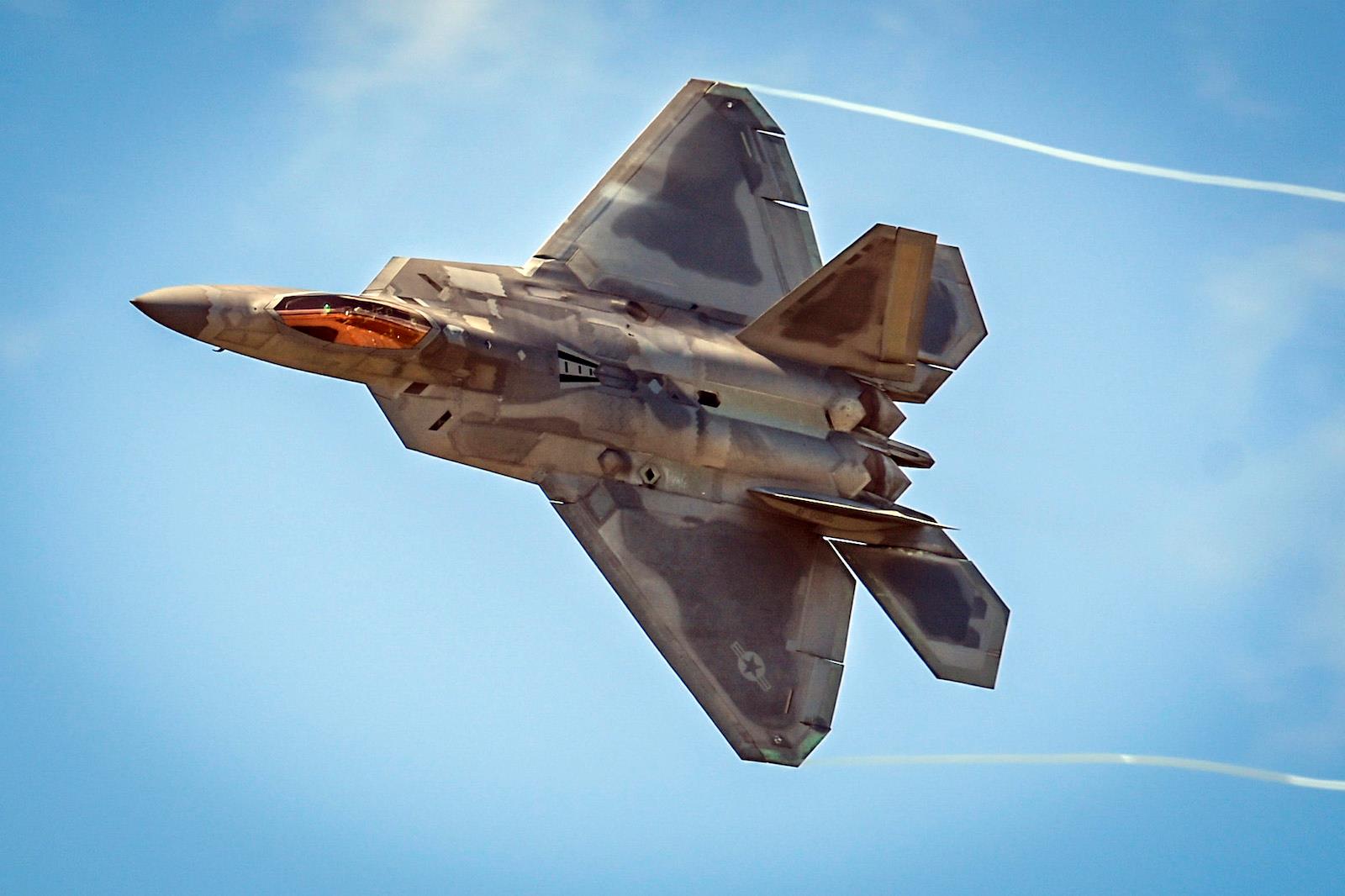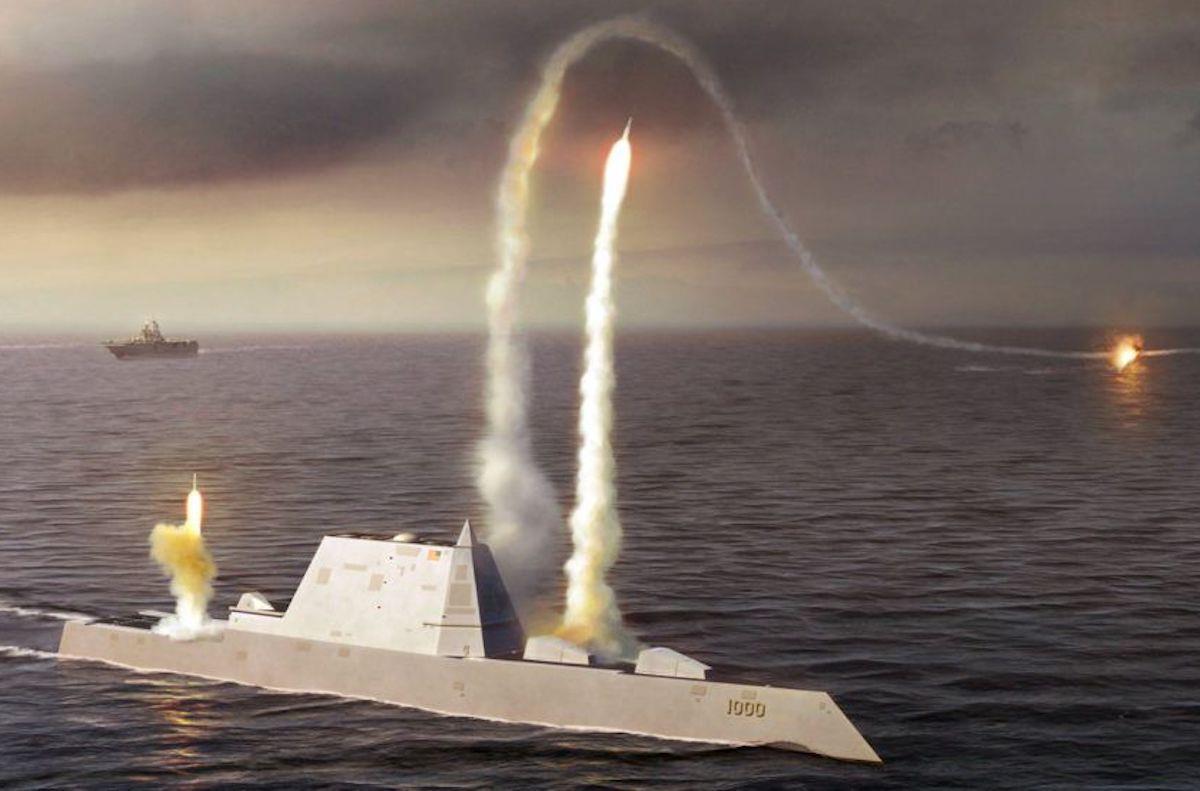(MENAFN- Asia Times) The US faces delays in the development and roll out of critical new weapons systems, strategic setbacks compounded by issues of obsolescence that could have severe implications vis-a-vis China in an era of intensifying competition and escalating tensions.
this month, defense one reported that more than half of the Pentagon's major arms efforts are currently delayed due to the uneven adoption of commercial practices in its acquisition programs.
Citing a US Government Accountability (GAO) report, Defense One notes that the delays have affected a wide range of critical weapons, including the LGM-35A Sentinel intercontinental ballistic missile (ICBM) and Zumwalt-class destroyers.
air & space forces magazine cites the gao report in saying the LGM-35A Sentinel program is behind schedule due to staffing shortfalls, delays with clearance processing and classified information technology infrastructure challenges. The report says the program is also experiencing supply chain disruptions, leading to further development delays.
The GAO report says that the LGM-35A Sentinel's master schedule has“many deficiencies,” with the main contractor Northrop Grumman reviewing it and discussing how it could be changed.
Air & Space Forces Magazine also says that cybersecurity risk reduction activities are contributing to the delays. It also says that of the 18 critical technologies in the LGM-35A Sentinel, three are mature, 14 are approaching maturity and just one is immature, with the program aiming for all to be mature by 2026.
As for the Zumwalt-class destroyers, usni news reports that the three ships could face delays in fielding the US Navy's first hypersonic weapons. These delays, the report notes, come from testing a maritime version of the Common Hypersonic Glide Bodies (C-HGB) and the tight schedule to integrate the weapons into the warships' hulls.
USNI News cites the same GAO report in saying that the Conventional Prompt Strike (CPS) office noted the significant scope and challenges associated with first-time CPS integration, saying that substantial work remains for the program to demonstrate technological maturity.
The USNI report also says that if the hypersonic weapon is still being prepared for integration on the Zumwalt destroyers by 2025, the ships may face an extended maintenance period or wait until the next scheduled period to incorporate the system on the ship.
The US' land-based nuclear deterrent may also need an overhaul due to aging equipment and evolving nuclear threats from near-peer adversaries.
asia times noted in april 2023 that the current mainstay of the US land-based nuclear arsenal, the LGM-30G Minuteman III, still uses 1960s vintage components, struggles with obsolete command and control equipment, uses increasingly dilapidated infrastructure and faces increasingly difficult and expensive maintenance.

Concept art of the LGM-35A Sentinel ICBM. Image: US Air Force
Further, asia times noted in april 2022 that the LGM-35A Sentinel ICBM was intended to break a hiatus in US nuclear capability development, with the US potentially skipping a generation of nuclear arsenal modernization in the 2000s, as it put off modernizing its nuclear triad for 20 years.
US allies such as France and the UK have reduced their nuclear arsenals but have continued to modernize their delivery systems.
In contrast, the US nuclear arsenal mostly dates to the 1980s and is slowly sliding toward obsolescence. Potential US adversaries such as China, Iran, North Korea and Russia have continuously modernized their nuclear weapons programs while experimenting with hypersonic delivery systems.
Regarding the integration of hypersonic weapons onto Zumwalt-class destroyers, asia times noted in march 2022 that the US may have planned to repurpose the ships from being a failed shore bombardment platform into a hypersonic weapons launchpad.
However, such efforts may try to save what was already an unfeasible design. The Zumwalt's tumblehome hull design is known to become unstable in rough seas and more dangerously can be detected with low-frequency radar. The class features no close-in weapons systems (CIWS), making the ships vulnerable to anti-ship missile attacks.
The high cost per ship at US$4.24 billion per unit for just three hulls means there might not be enough Zumwalt-class destroyers for the US Navy's mission requirements. That may reflect the US tendency to spend exorbitant amounts on over-engineered and overly-complex designs that can not be mass-produced due to high costs.
Apart from the LGM-35A Sentinel and Zumwalt destroyers, the US fighter force faces similar problems with delays and obsolescence.
asia times noted in may 2023 that aging F-22s are an increasingly pressing issue, with the proposed retirement of older planes cutting into an already small fleet of 187 irreplaceable planes. Increasingly expensive upgrade packages may make developing an all-new fighter more rational than keeping the late 1990s F-22 in service.
Older F-22 Block 20s may not be competitive against China's newer J-20 stealth fighters, as they are not equipped with the most modern electronic warfare and weapons. They are also of limited usefulness as trainers since they are so out of sync with the newer combat-coded F-22 Block 35s.
The F-22 may not have enough internal space to retrofit belated upgrades such as infrared search and track (IRST) and side-looking airborne radar (SLAR), which were removed due to budget constraints.

The F-22 in flight. Image: US Air National Guard / Tech. Sgt. Steven Tucker
The situation isn't much better for the US' other fighter jets, with the average age of a US fighter now around 32 years and their pilots barely flying once a week, implying a fighter force that is smaller, older and less capable.
Such issues may indicate a larger obsolescence and readiness problem in the US military. a 2022 report by the heritage foundation says that, as currently postured, the US military is ill-equipped to fight two simultaneous major regional conflicts, a vulnerability exacerbated by its allies' generally weak military conditions.
The report notes that is the logical result of years of underfunding, poorly defined priorities, wildly shifting security policies, poor discipline in program execution and a profound lack of seriousness in the US national security establishment, even as threats to US interests have surged.
Like this:Like Loading...
























Comments
No comment